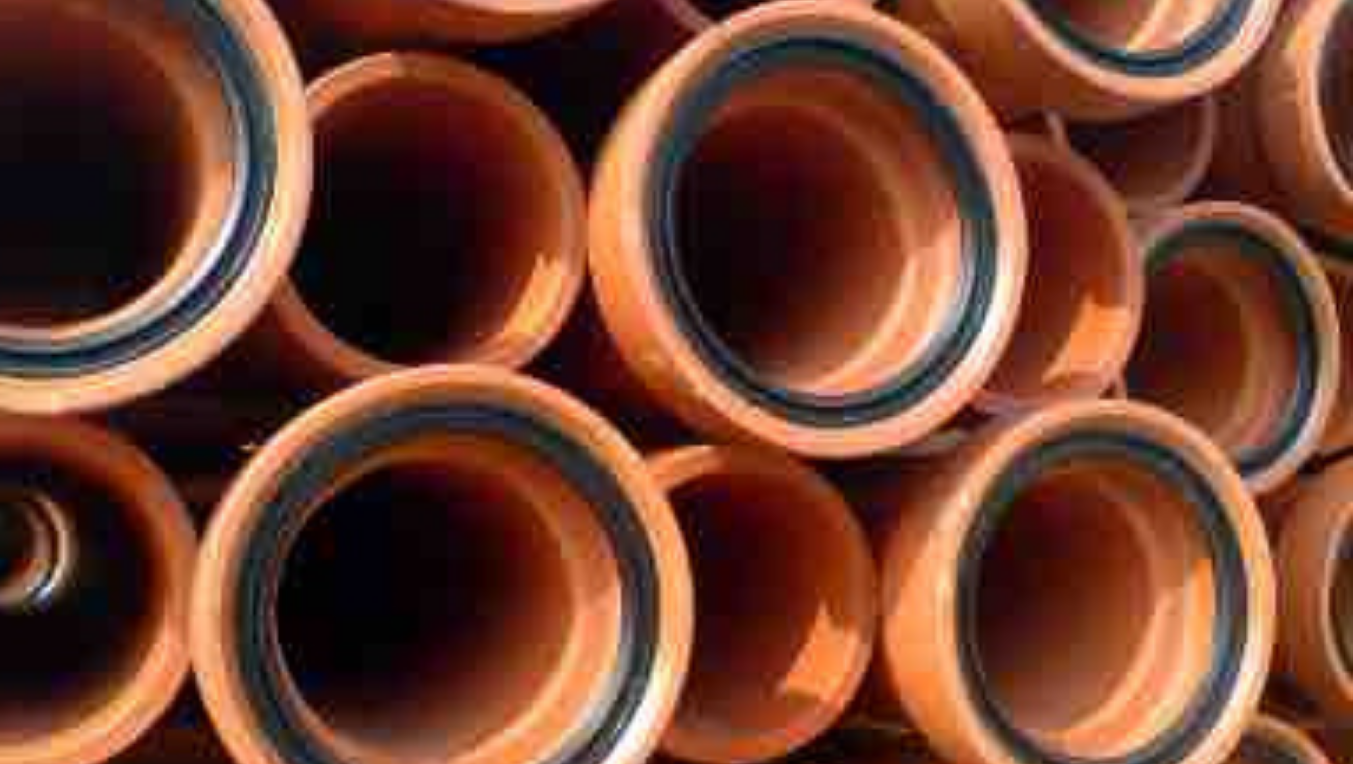Terracotta or clay sewer pipes and waste drainage can be traced back to the ancient works of the Romans. Clay pipes are simple to manufacture, easy to lay and in some instances – can last for up to a century. However, due to their rigid and brittle nature, more often than not, they deteriorate and cause a myriad of drainage problems over time.
Up until about forty years ago, many Australian properties used clay piping as standard. While there are still many homes that use clay or terracotta drainage systems, nowadays, there are far more durable options available, such as polyvinyl (better known as ‘PVC’). Replacing old or deteriorating clay sewer drains with PVC strengthens drain lines and adds to their longevity. However, replacing clay pipes with PVC can often be a huge, disruptive job. In many instances, drain pipe relining is the best, long-term solution to old clay sewer drain problems.
Here are five common issues with clay drainage pipes:
Common Clay Sewer Pipe And Drainage Pipe Problems
1. Weight and workabilityClay sewer drains are extremely heavy and fragile, they are therefore difficult to handle, manoeuvre and transport. Given these logistical issues, installing clay pipes is a difficult, time-consuming job for plumbers. For this reason, plumbers now replace clay sewer drains with PVC pipes which are far easier to work with as they are equally lightweight and durable.
2. Root infiltrations
Clay pipes don’t fit perfectly together – there are small gaps where each section joins together. These gaps are the perfect entry point for thirsty tree roots searching for water. Tree roots work their way into the drain through these cracks as well as through any fractures or shrinking mortar. Once the tree roots penetrate the pipe – formally known as tree root ingress – they continue to grow and slowly, over time block your drain lines.
If, when these old clay sewer pipes were originally laid, an effective root barrier wasn’t installed or you have large trees growing nearby the drain pipes, your clay drainage system will be more susceptible to tree root ingression. And this means only one thing – expensive damage.
3. Tensile strength
Under pressure, clay pipes are pretty strong. However, their tensile strength is weak. This means they are susceptible to cracking or shattering if they experience blunt impact or ground movements. Cracked pipes lead to leaks and could eventually mean the collapse of your drainage system.
A collapsed drainage system means that effluent cannot flow to the main sewer and can become blocked or stagnant. This in itself poses a health hazard to the people living with proximity to the problem pipe. As such, many homeowners and plumbers will avoid using clay pipes to avoid this issue.
4. Flaking and scaling
Tiny chips to clay or terracotta pipes slowly increase over time causing the pipes to flake. This flaking catches and traps things within the pipes such as toilet paper and hair. As we know, toilet paper and hair are two of drain lines’ greatest enemies.
Over time, additional debris becomes trapped within the pipes causing them to block. Even with regular drain inspections, flaking is hard to avoid and, at times, impossible to fix without major rehabilitation work.
5. Misaligned pipes
If there is a misalignment of the pipes due to vehicle movement, ground movement, or improper coupling and fitting, you will have issues when it comes to drainage. Misaligned pipes catch and trap debris inside the pipe leading to partial or complete blockage of your drains.
An unfortunate domino-effect, often one misaligned pipe will move the next – causing it to come out of place. This issue goes back to the fact that clay drainage systems are rigid and unforgiving. Clay drainage pipes are simply not manoeuvrable – even a little force or ground movement could cause them to misalign.
Repairing Clay Sewer Drain Pipes

You can repair damaged clay sewer pipes using pipe relining or pipe patching methods. These no-dig techniques allow for repair without the need to excavate. It is possible to fix badly cracked, misaligned, broken or joint-damaged pipes through trenchless pipe repairs. Pipe relining also provides a robust barrier durable enough to prevent tree root ingress.
If your home has a clay pipe plumbing system, patching and relining pipes with a durable resin layer inside the structure of the clay pipe can add another 50 years to the life of your drain.
As a Brawoliner certified installer, at Pipe Relining Solutions we offer ‘no dig’ clay pipe relining in Australia to help restore strength to your old pipes and prevent ingression. Contact us online today or call 1300 366 834 to find out how we can reline your broken clay sewer pipelines.
